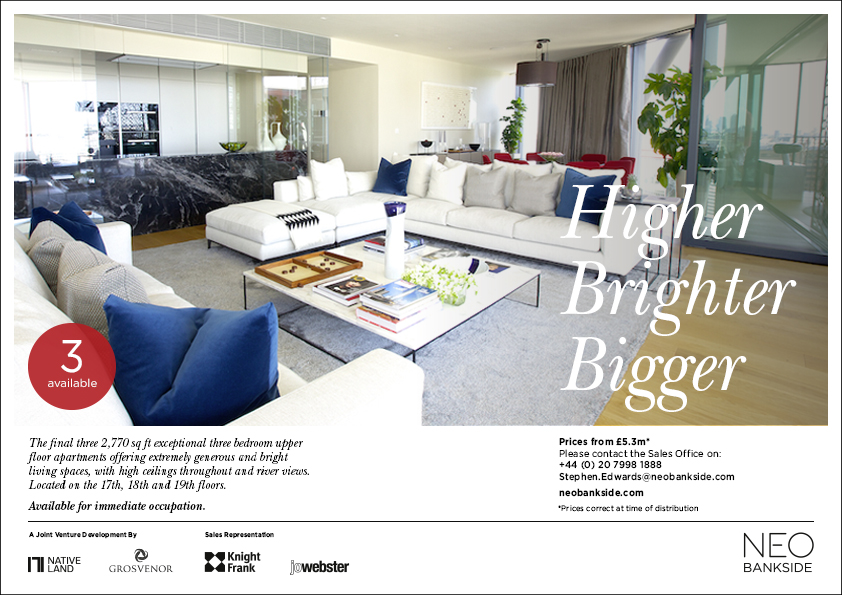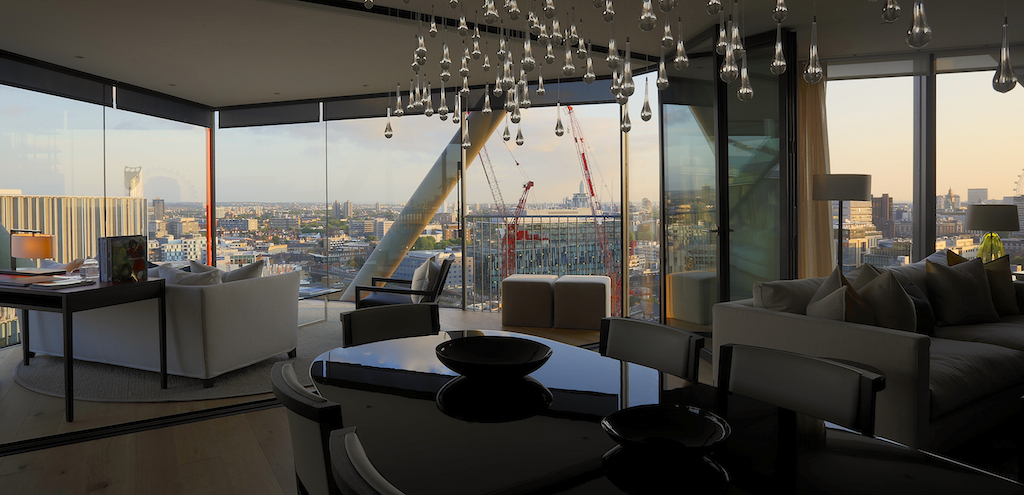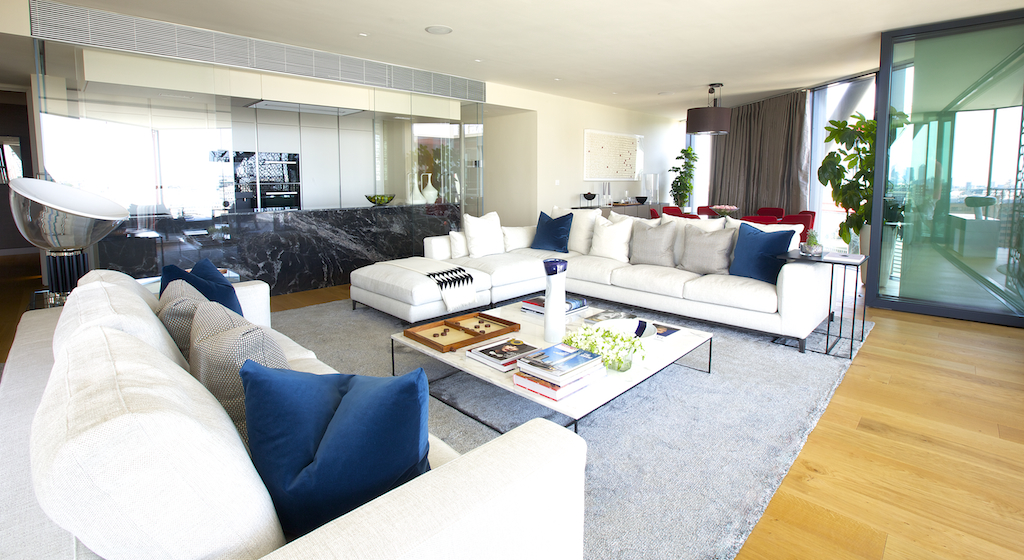Recent shoot of the luxurious Richard Rogers building, Neo Bankside, one image of which was used for an advert in the FT Weekend.




photographer
Recent shoot of the luxurious Richard Rogers building, Neo Bankside, one image of which was used for an advert in the FT Weekend.
Something I never posted, but this is my interview with On Landscape Magazine from July last year. With the democratic majority of the UK population now in cities, rural representation is fast becoming a hot topic in photography circles.
On Landscape have an upcoming conference in Penrith which I will be attending. The article can be found here.
Will Clarkson “Game” project takes a contrary point of view to many purist landscape artists work who concentrate on the knee-jerk environmental point of view and presents the story of the gamekeeper, the oft maligned arch enemy of wildlife and landscape lover. We had a chance to put a few questions to Will about this alternative approach.
Can you give a bit of background about your introduction to photography and what motivated you toward the BA at the University of Arts London?
I started with (I think) a 35mm automatic canon camera when I was 18. Combined with a little travelling it gave me real pleasure, and photography become something I always wanted to explore. On leaving university in 2007, though, I ended up working in the City. It was great fun, but I soon realised it wasn’t for me, so I left after 4 years. By this point photography had become an overgrown hobby and I was spending more and more of my time with it. Being 27 at the time, I felt this was my last chance to take a big risk and try my hand professionally.
The photojournalism and documentary photography MA at LCC was the change in thinking I needed, and I hope it started me on a progression towards something more critical. It taught me to question the motives behind my own photography, making it harder but the results much more satisfying.
We are bombarded by images in ever-increasing amounts, it has become part of our daily intake and can have profound affect on our expectations of the world, so never more than today has a healthy cynicism of photography been necessary.
Your project ‘Game’ verges on social documentary, photojournalism and landscape and has very strong elements of narrative. How did you come to work on the project and what were your thoughts about representing the landscape element of it?
When starting this project, I was always disappointed on arrival in the glen and at first I couldn’t work out why. I came to realise that every time I came north I held in mind a certain set of expectations. In hindsight these were unrealistic notions of wilderness, so I set out to explore these expectations and where I got them from.
The landscape element, even though I didn’t use many landscapes in Game, is one of the most important in relation to our expectations of the land. In terms of aesthetic standard, landscape photography is a strong medium in the UK, however conceptually I sometimes find it less so, especially in the realm of conservation. We can’t save a wilderness. We can’t save something that doesn’t exist, but we can manage it for the best possible interests of future generations. Arguing occurs when people’s expectations are gulfs apart, and pragmatism melts away.
The landscapes I put into the book always contained fencelines, pylons, all the hallmarks of human interference. My point was that it is still a beautiful glen, and it is not a bad thing that we have influenced it.
Needless to say the debate concerning gamekeepers is a conservational and socio-political one, so this is indeed intended as social documentary in the context of a beautiful setting. I looked to self-styled conservation photographers and to their landscape photography and noticed some incongruent themes. Firstly that fence lines were very rare, domestic animals were rare, in fact human influences of the past 100 or so years were frequently left out. Landscape photography seeking to influence policy carries with it similar responsibility to a photojournalist – misleading public expectations leads the debate into polemical grounds from which few solutions will ever be found.
Your coverage of game keeping and land management tries to offer a counterbalance to the knee jerk environmentalist reaction. What were your own personal views and how did these change as you developed the project?
Well I wouldn’t say the environmentalist reaction is knee-jerk, but if you’re expecting a wilderness and you’re met with a deer-fence or a fenced-off woodland, you’re understandably going to be upset. But without these fences, Scotland would be worse off in biodiversity terms.
Gamekeeping carries with it a legacy that is hard to shake off. The modern gamekeepers, at least the majority that are the ones within the law, are not the poisoners, trappers, killers and exploiters of the land from old. They are cleverer than that now, and when even-handed they are excellent to the health of the local ecosystem. Seeing as they are paid for privately, they are an excellent source of preservation if they are directed to act in the benefits of that ecosystem. The conservational movement often distances itself from the gamekeeping community, but there are surprising parallels that I hope I illustrated in the book.
My views have had a convoluted journey, not least during this project. When younger I used to shoot, but on further investigation I find the pheasant shooting industry somewhat suspect and I no longer do that. I do not objecting to shooting for food, but I find it hard to believe that the UK consumes or sells 35 million pheasants (not to mention partridges etc) a year. Deer stalking is something different, and it is a necessary control on deer numbers. Whether people should pay for it is a different argument. The question is does it matter who pulls the trigger provided the person is sufficiently skilled to minimize suffering? I can’t decide. As it stands, the deer stalking industry in Scotland does do a lot of good, provides money and protects biodiversity and woodland. Maybe we will see changes down the line but I think this is a good system for now.
Representations of the Scottish landscape predominantly promote the wild and untouched aspects of the land. Your own views are quite the opposite and see the majority of the landscape as shaped by mans hand. How does this point of view affect your appreciation of landscape photography and shape your own work?
I believe it was Liz Wells who wrote that Scotland is not a wilderness but a “mosaic of cultural landscapes”. There is not anywhere in Scotland that is untouched by human interference, be it directly or indirectly. To say that representations of Scottish landscape promote wild and untouched aspects only exacerbates the misconception being perpetrated by so-called conservation photographers. It is not the photographs that I object to – they are excellent – but it is the context in which they are presented to the viewer.
The democratic balance of the UK now lies in cities, never more has the burden of representation lain more with those producing content (film/photography/etc) to be used in public spaces, and it is essential that the message is, if not directly accurate, at least not in the realms of fantasy. That is not to say there is no space for more conceptual or interpretive work or such landscape work concerning other subjects, but in this particular case the point stands.
Game was quite an epic challenge and was completed with an exhibition and a book – can you tell us about the highs and lows of the process of producing both of these?
Building a project like this is a great deal of talking, recording, photographing, videoing, then basically deleting it all and starting again. Finally it is honing all this work down into something coherent – it can really wear you down over time. The lows were breaking a camera in the Scottish rain (smoke came out from it…a new for me), the long days of getting the images required to tell the story and shaping the context with the text in the book – in a very tricky debate this is essential. The highs were these labours really bore fruit, and seeing the first copy of the book printed was incredibly exciting. It won’t change the world but it was a labour of love and that is satisfaction enough.
What next for your work and do you forsee any future landscape oriented projects?
I must confess that I am a very weak landscape photographer, although there is one ongoing exploration that I am struggling along with. Through the course of this work I used a 400mm lens to take ‘landscape details’ from one side of the glen to the other. The aim was to flatten the image, to react to the typical wider lens landscapes, to remove the skyline and show that the hillside, fences and all, are beautiful places too. This is early days, though, and I hope to keep working on it for some time to come. A mere reaction isn’t a good use of my time or effort, so I want to make it more of a progression. We shall see!
Today I am trying to finish an edit of a Sri Lankan tea estate which is run by women, and is unusual in that Tamils and Sinhalese work alongside one another. Hopefully it will be ready next month.